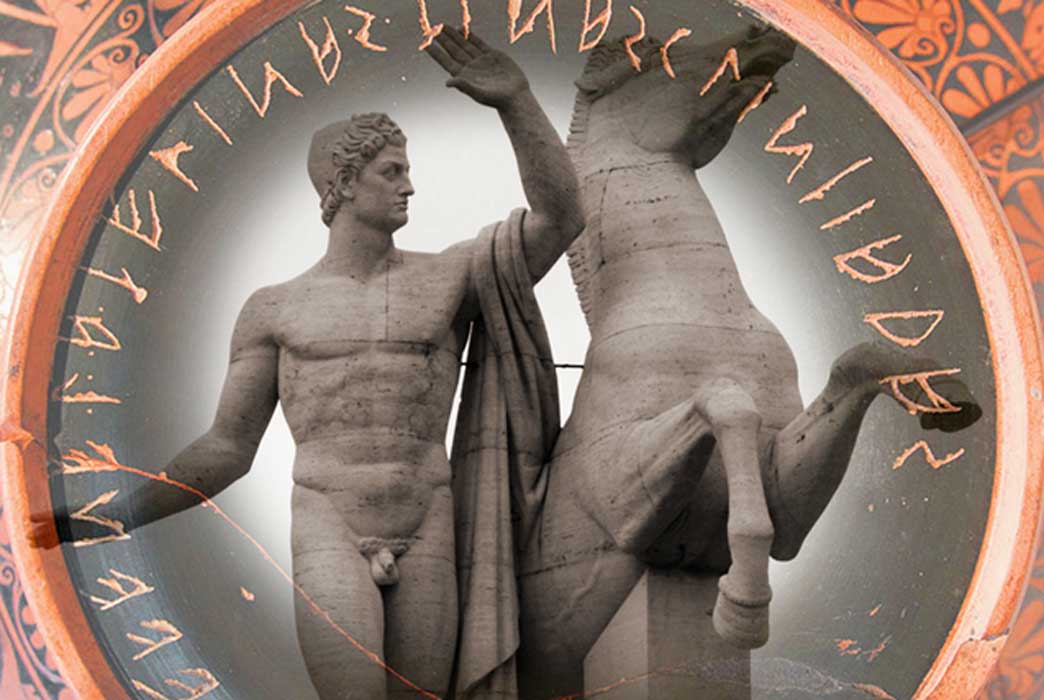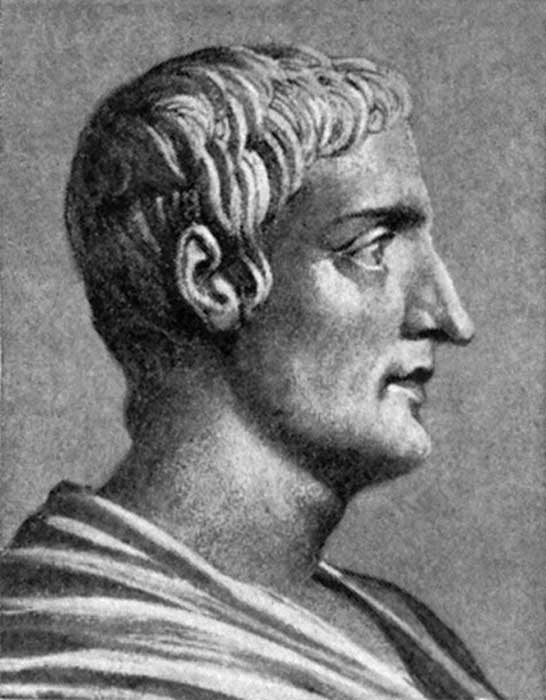
Twins, Kings and Horses: Symbols of the Divine Twins in Ancient Mythology
The ancient figures of the “Divine Twins” are recognizable throughout the world with minor variations of the same themes. They are usually depicted as the sons of the Sky God, or even having dual paternity – one twin from a human father and the other from a god. Among the many associations attached to the Divine Twins is the custom of dual kingship—the warrior king and the priestly king—where one king would go on campaigns and the other would remain to protect and reassure the tribe. Mentions of this custom were made as early as accounts by ancient Greek historian Tacitus (c. 56 – c. 120 CE) and continued well into the Migration Age where the twin kings became popular legendary figures.

Drawing of the Roman historian Cornelius Tacitus by an unknown illustrator. (Public Domain)
However, an interesting association occurs in the names of the twin leaders of the Anglo-Saxon invasion of Britannia, Horsa and Hengest of Jutes who are said to be the descendants of Woden (the god Odin of Norse mythology). The two names are words for “horse” and “stallion” respectively in Old English.





